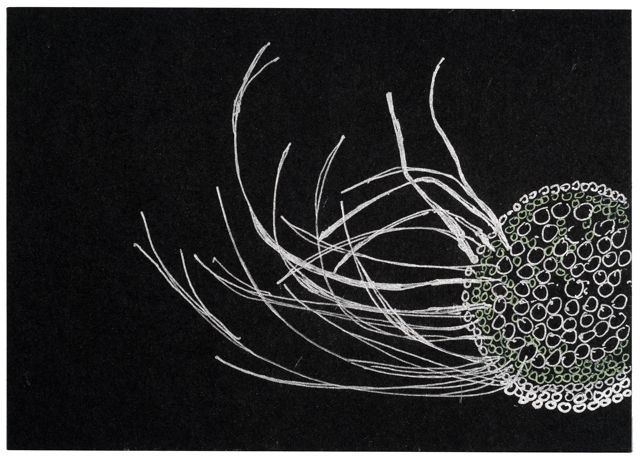When I was a boy, my grandmother used to sing a little ditty when anyone had a fit of the sulks: “Nobody loves me, everybody hates me, I’m going out and eat worms.”
Maine composer Elliott Schwartz uses another worm song from the 1950s, “A New Sound in the Old Ground” (Horrible Records H-100, 1952). It contains the line “the sound that’s made by worms” in his work “Darwin’s Dream III,” which the Bowdoin Chamber Choir premiered earlier in May.
Charles Darwin was fascinated by worms, and he and his wife, Emma, performed experiments with them to see if they reacted to music (they didn’t) or to the vibrations of the strings on their Broadwood piano (they retreated into their burrows).
In a line from the score, Darwin is quoted as saying, “When we behold a wide, turf-covered expanse, we should remember that its smoothness is mainly due to the irregularities having been slowly leveled by worms. It is a marvelous reflection that the whole of this expanse has passed — and will again pass — through the bodies of worms.”
“Darwin’s Dream III” evolved from an idea Schwartz had in 2007 while staying in Cambridge, England, and visiting nearby Down House, the home of the Darwins. He learned of the couple’s experiments with worms, and also that Emma played piano almost every night for her husband, who loved music and regretted that he had not devoted more time to it.
“The idea of worms reacting to sounds led me to imagine a worm actually making sounds; that fantasy, in turn, brought back memories of a 1950s pop song I had heard as a teenager, which was premised on the same fantasy,” said Schwartz.
A fragment of that tune was used in the first “Darwin’s Dream” for piano, synthesizer and tape (“Darwin’s Dream,” Albany Records 2011), written to accompany his wife, Dorothy (Deedee) Schwartz’s 2009 exhibit of prints on the subject of Darwin and his work.
The work is built around a quirky but unforgettable motif composed on a synthesizer at Bowdoin 30 years ago interspersed with snatches of Schumann’s “Kinderscenen,” which Emma, a talented pianist who studied with Chopin, might have played for her husband.
Said Schwartz, “The primary idea behind my composition is that of generating a musical process and seeing what happens to it; not necessarily ‘evolution’ in the technical sense, but a brand of musical ‘development’ — organic growth and gradual changes.”
The evolution continued after the exhibit with a video of the prints synchronized with recorded sounds and with instrumental versions performed at the Bar Harbor Music Festival, Cambridge University and Symphony Space in New York City.
“Darwin’s Dream III,” requested by Robert K. Greenlee, director of the Bowdoin Chamber Choir, was the first choral work Schwartz has composed in many years. It is shorter than the original version by almost 15 minutes, and is based on texts written by Darwin.
To Schwartz, another challenge was synchronizing the music with the video of his wife’s artwork, “almost like a film score.”
“We spent a lot of time together integrating the music and video,” he said, pointing out that composers in the 1920s learned new things about timing from the movies.
Darwin is eminently quotable. The choral version ends with, “There is a grandeur in this view of life, with its several powers, having been originally breathed into a few forms or into one — and that, while this planet has gone cycling on according to the fixed law of gravity, from so simple a beginning endless forms most beautiful and most wonderful have been, and are being, evolved.”
If you missed the Bowdoin performance, you can listen to “Darwin’s Dream III” here: tinyurl.com/DarwinsDreamIII
Christopher Hyde is a writer and musician who lives in Pownal.
Copy the Story Link
Send questions/comments to the editors.



Success. Please wait for the page to reload. If the page does not reload within 5 seconds, please refresh the page.
Enter your email and password to access comments.
Hi, to comment on stories you must . This profile is in addition to your subscription and website login.
Already have a commenting profile? .
Invalid username/password.
Please check your email to confirm and complete your registration.
Only subscribers are eligible to post comments. Please subscribe or login first for digital access. Here’s why.
Use the form below to reset your password. When you've submitted your account email, we will send an email with a reset code.